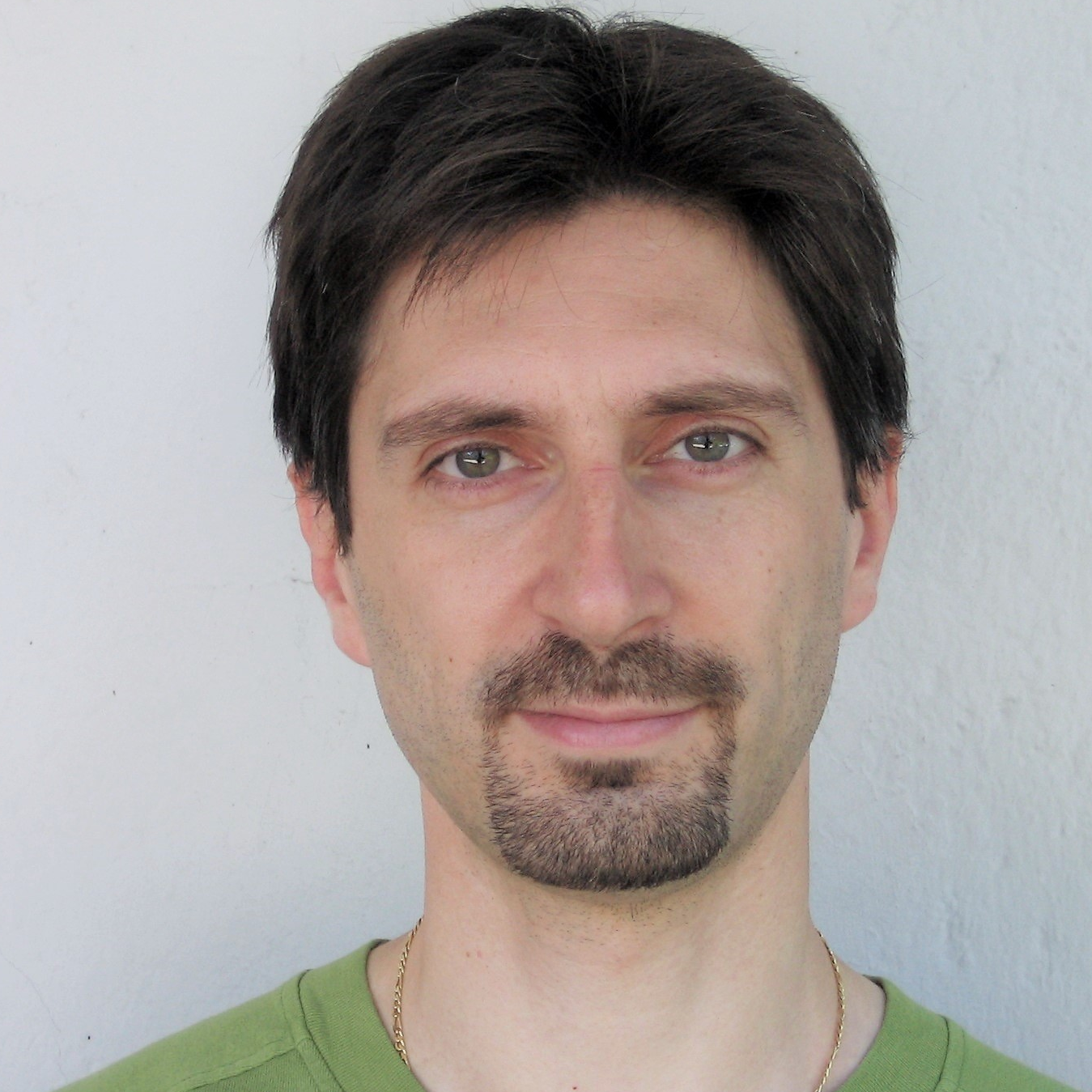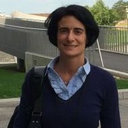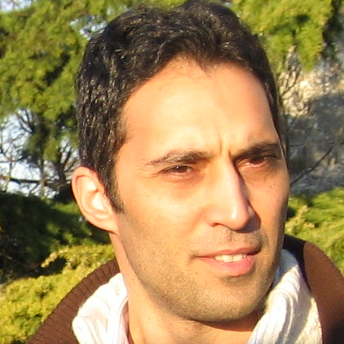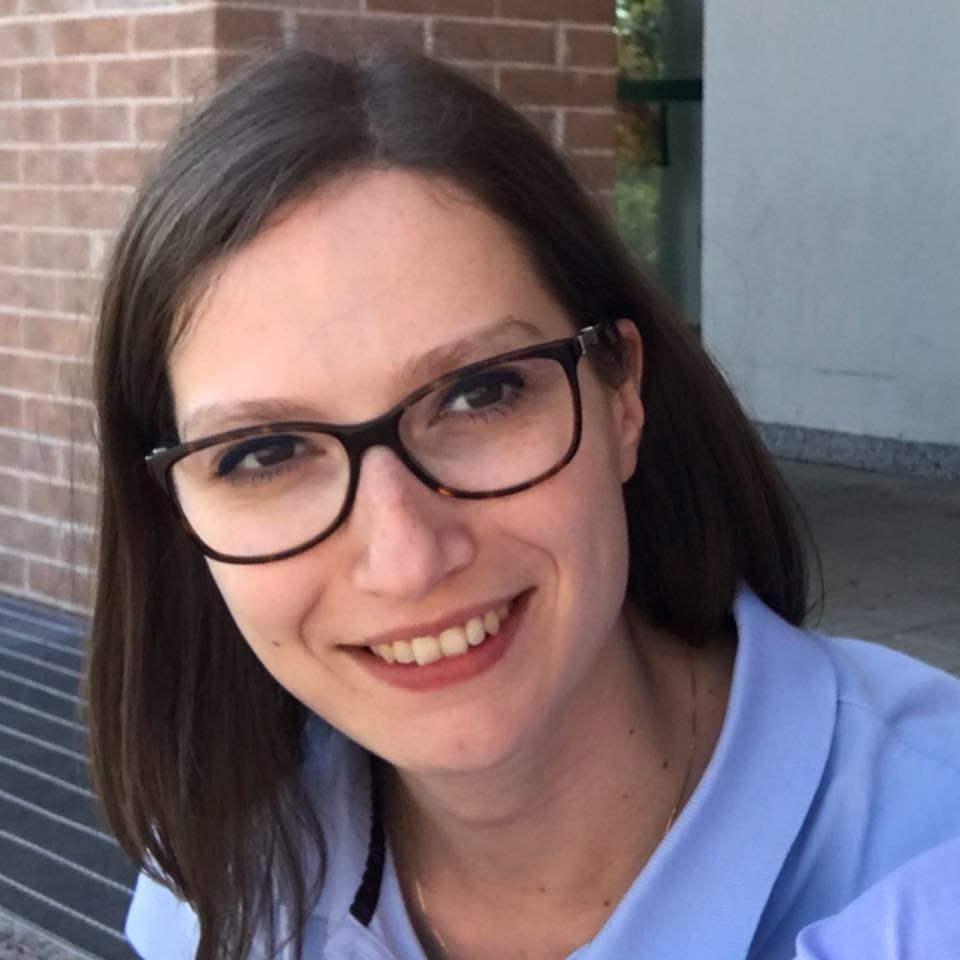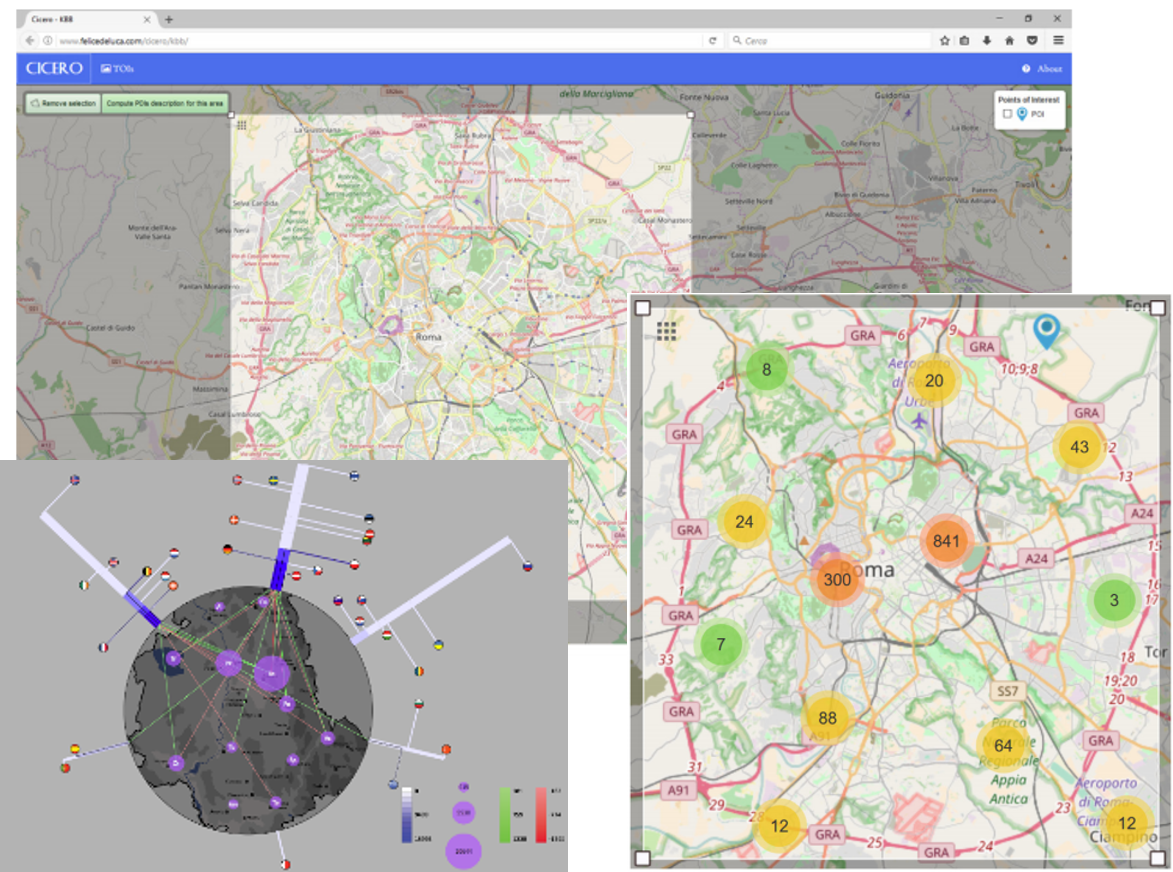Members
Past MembersFrancesco Giordano Francesco Trotta Pietro Palladino Salvatore Agostino Romeo Alessio Arleo Felice De Luca Daniele Pagliuca Research AreasThe GDV group has a long-standing and well-established experience in the areas of Graph Drawing and Data Visualization. The research focuses both on designing paradigms and algorithms for the automatic visualization of graphs and on developing visual analytics systems for application domains where data are conveniently modeled as networks. Examples of such application domains include:Social Network Analysis. Social networks are graphs with node/edge attributes used to model social actors (individuals or organization) and their relationships in different contexts. For instance, popular types of social networks are those used to model the relationships of a social media, like Facebook, Twitter, or Google+, just to mention a few. Other notable examples are the so-called collaboration networks, which describe working relationships between scientists or between employees of private companies. The use of visualization approaches for monitoring and interactively exploring social networks is considered a fundamental methodology to analyze and understand the structural properties and the evolution behaviors of such networks. Financial Crime Detection. Financial crimes like tax evasion, frauds, and money laundering, represent a major problem of many governments. Although machine learning approaches provide a valuable support to quickly discover several types of illegal financial activities, they also present strong limitations in this application domain. Criminal schemes continuously evolve over time and, consequently, available data that can be used to recognize suspicious patterns become often obsolete and unreliable. This makes it difficult to adequately train any automatic learning model. The use of visualization environments that allows analysts to explore economic transactions between physical or legal subjects, together with the use of intuitive visualization languages to easily query a database for customized suspicious schemes are of great help and of growing interest; these tools are more and more adopted by many public and private institutions worldwide. Software Design and Analysis. According to consolidated practices in the software engineering field, the design of complex software systems requires the use of several diagrams based on well-established visual modeling languages, such as UML. The study of algorithms to automatically or semi-automatically produce such diagrams in a readable manner is a very active research topic in graph drawing and network visualization. The final goal of this research is to integrate these algorithms into CAD (Computer-Aided Design) environments for software design and engineering. The use of visualization approaches also represents a valuable support for software analysis and profiling tasks. Indeed, for a complex software composed of several interconnected procedures, the analyst may benefit from having an interactive dashboard to monitor and analyze what happens during a software execution. This is particularly true in a distributed software running on several work units (e.g., different machines or threads); analyzing the traffic exchanged by the different units may help to detect possible anomalies, inefficiencies, or unexpected behaviors. Internet and Web Computing. The use of visualization paradigms to represent physical or virtual computer networks, like the Internet and the Web, is a natural approach to better understand the structure and the evolution of these kinds of networks. For example, different visual interfaces have been conceived to represent and to monitor the traffic exchange at the level of the Internet Service Providers or of the Internet Autonomous Systems. These interfaces are adopted by important organizations such as the Regional Internet Registry RIPE NCC. Many visualization tools are also used to analyze Web traffic or to show the interconnections between different Web sites or Web-based networks, like Wikipedia. Since 2006, the GDV group organizes the Bertinoro Workshop on Graph Drawing, an annual international workshop devoted to graph drawing research. The GDV group is currently responsible for maintaining the official Web site of the International Symposium on Graph Drawing and Network Visualization. The members of the GDV group participate in the Big Data Laboratory of the CINI (National Interuniversity Consortium for Informatics), the main point of reference for the Italian national academic research in the fields of Computer Science, Computer Engineering, and Information Technology). ProjectsThe research activity of the GDV group is financially supported by several national and international organizations. Some recent projects involving the GDV group are listed below.
VisitorsThe GDV group collaborates with many researchers of different countries. A non-exhaustive list of visitors of our group is given below.Tetsuo Asano (Japan Advanced Institute of Science and Technology, Japan) Michael Bekos (University of Tübingen, Germany) Steven Chaplick (University of Würzburg, Germany) Peter Eades (University of Sydney, Australia) Will Evans (University of British Columbia, Canada) Sylvain Lazard (INRIA, Nancy, France) William Lenhart (Williams College, USA) Seok-Hee Hong(University of Sydney, Australia) Md. Iqbal Hossain(University of Arizona, USA) Michael Kaufmann (University of Tübingen, Germany) Philipp Kindermann (University of Würzburg, Germany) Stephen Kobourov (University of Arizona, Texas, USA) Marc van Kreveld (Utrecht University, The Netherlands) Tamara Mchedlidze (University of Karlsruhe, Germany) Henk Meijer (University College Roosevelt, The Netherlands) Bettina Speckmann (TU Eindhoven, The Netherlands) Matthew Sudermann (University of Bristol, UK) Kozo Sugiyama (Japan Advanced Institute of Science and Technology, Japan) Ioannis Tollis (University of Crete, Greece) Sue Whitesides (University of Victoria, Canada) Stephen Wismath (University of Lethbridge, Canada) David Wood (Monash University, Australia) |
Software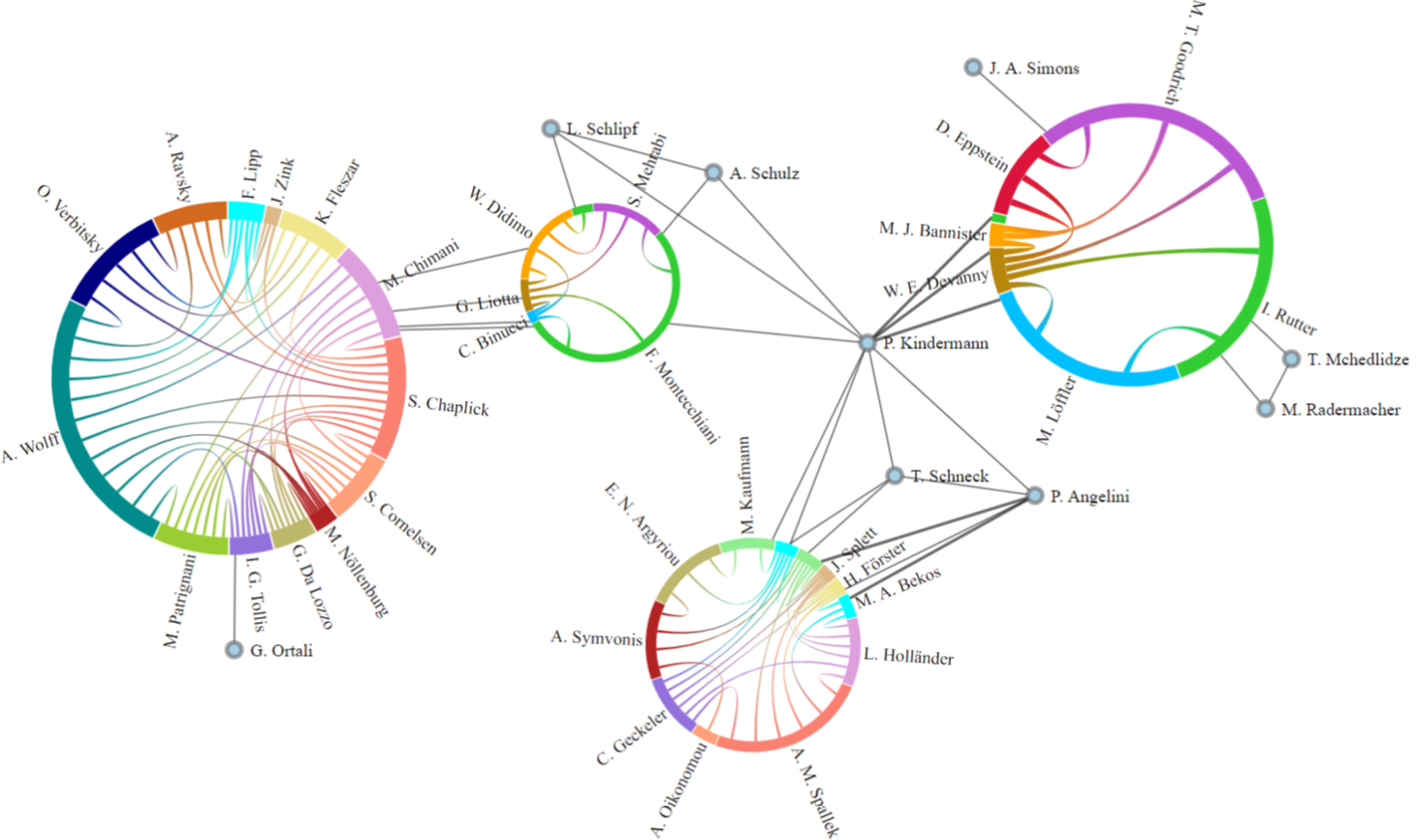 ChordLink  GiViP 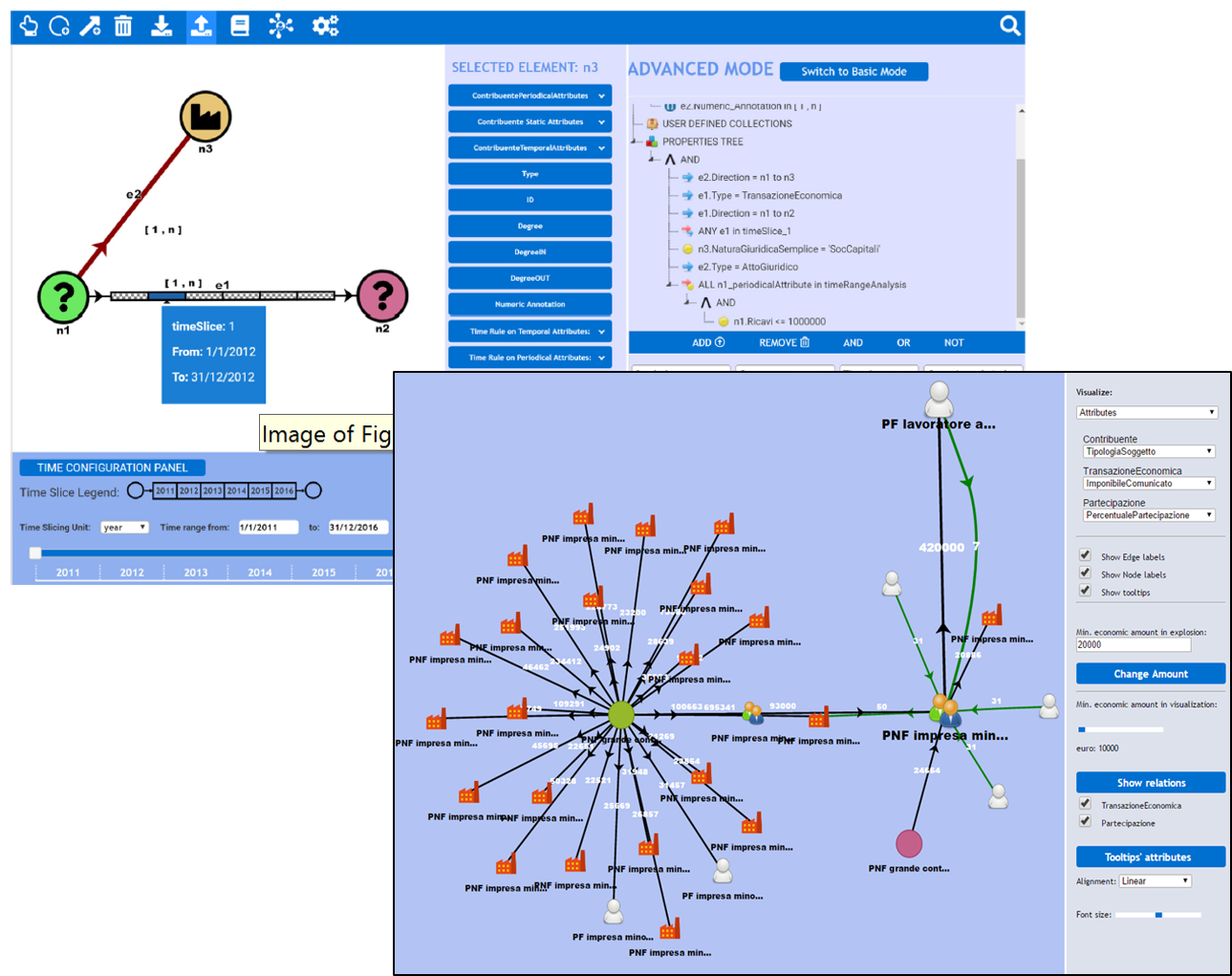 TaxNet/TefNet 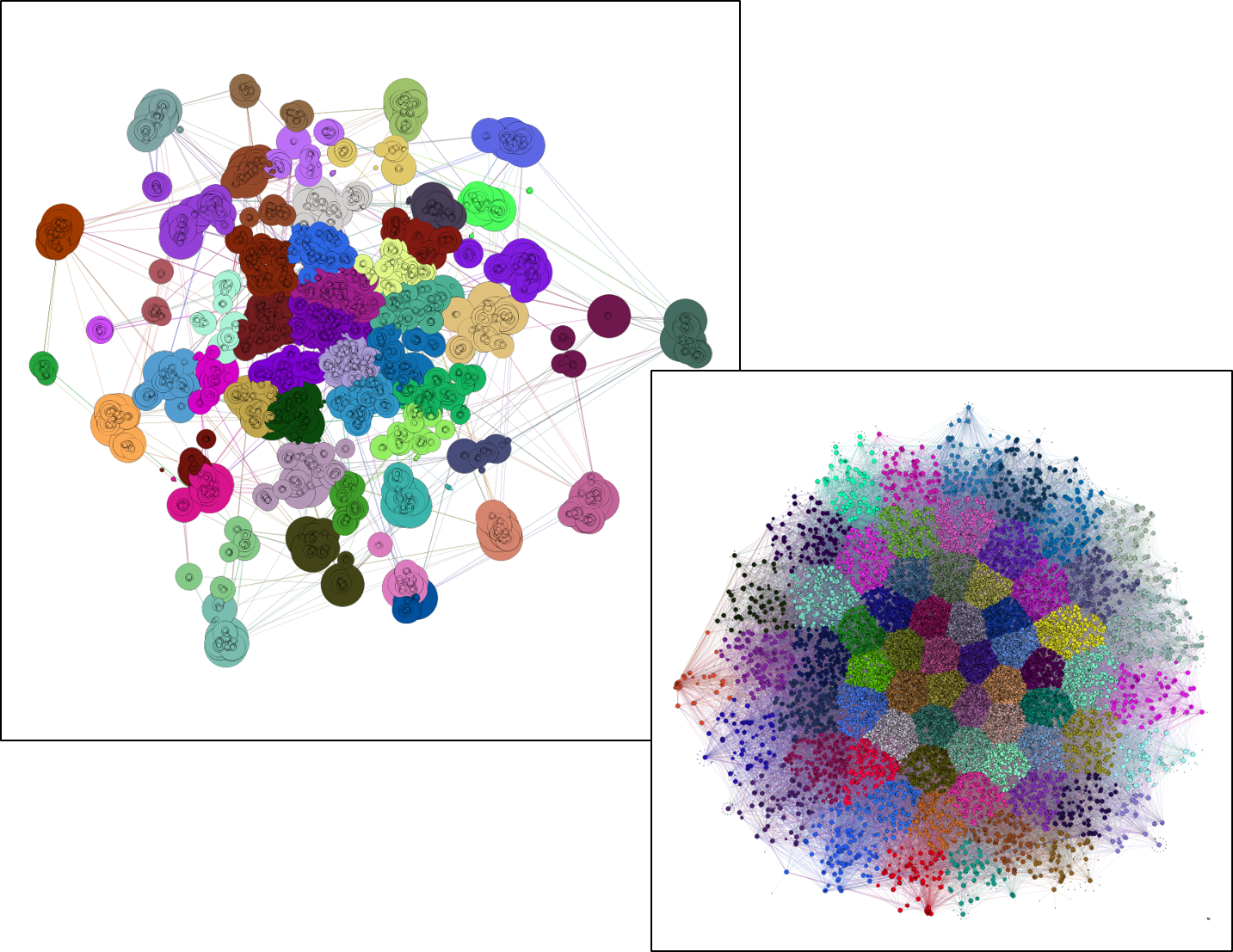 GiLA 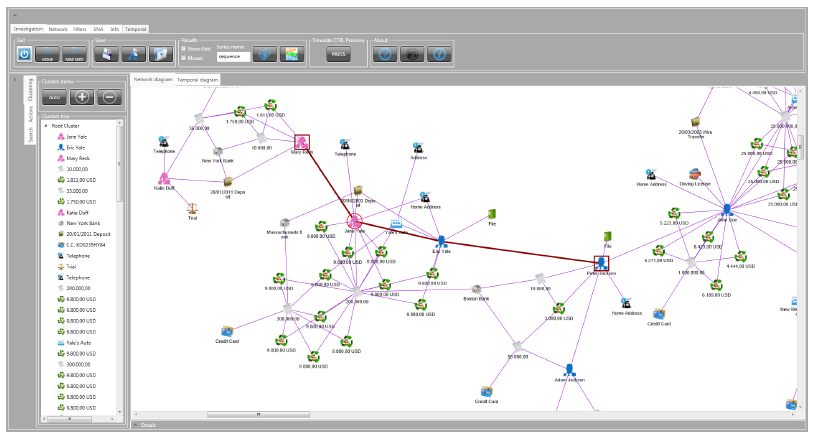 VisFAN 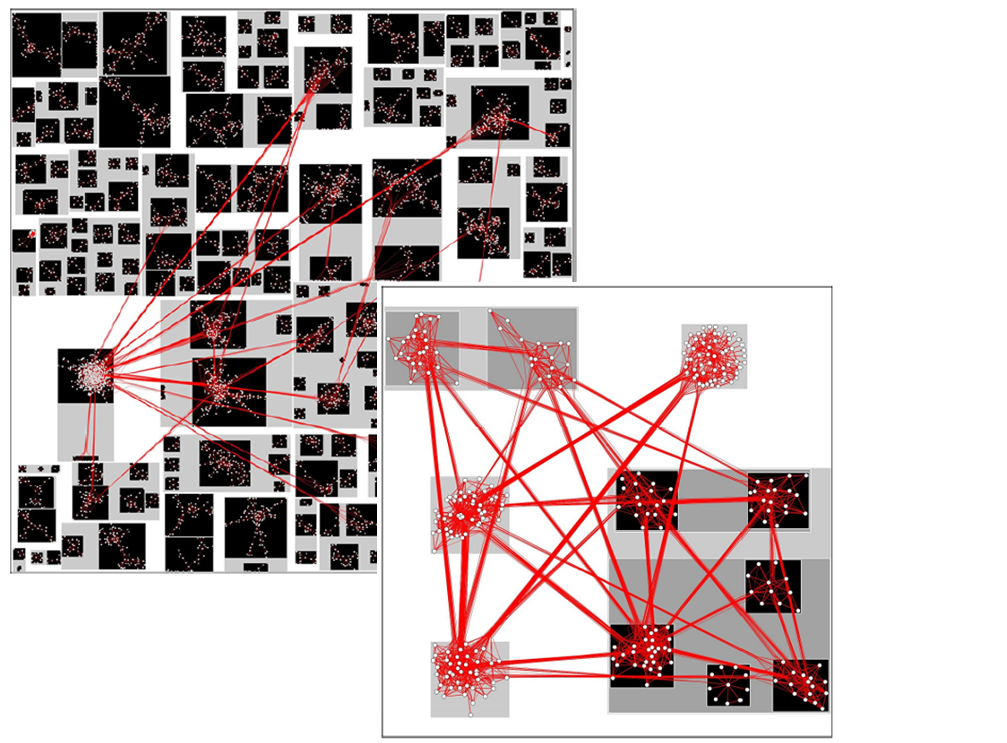 SplitFM3  VHyXY  COWA 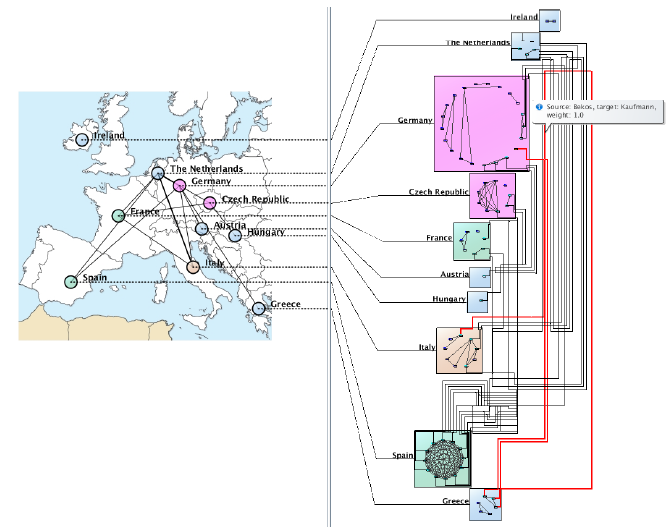 MatchOMan  WhatsOnWeb |
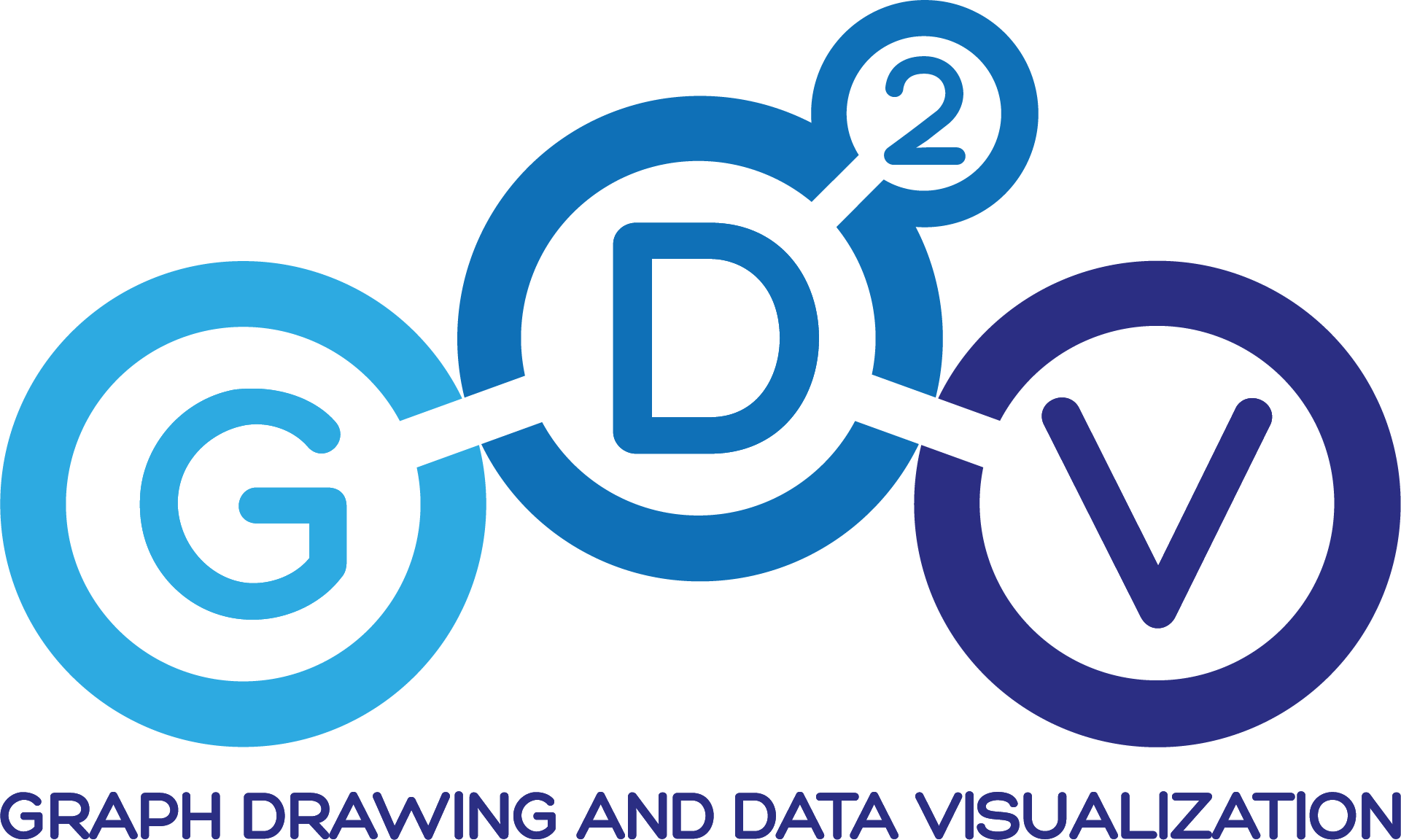
GDV
Graph Drawing and Data Visualization
Department of EngineeringUniversity of Perugia
Via G. Duranti 93, 06125 Perugia, ITALY

